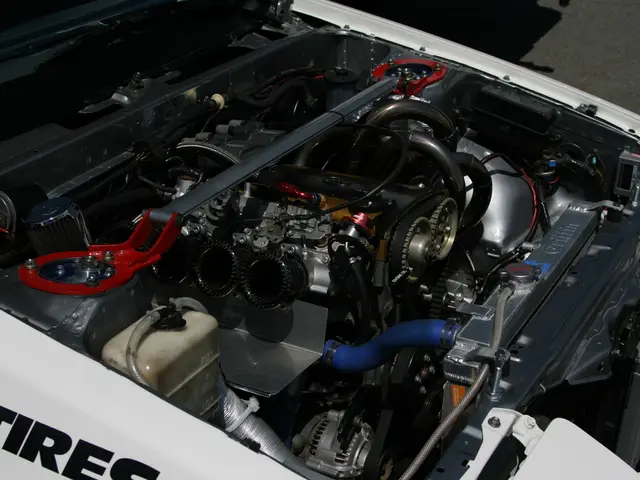Mercedes Silently countering its Crusade against Physical Switches
Mercedes and VW Reintroduce Physical Buttons in Cars Based on Driver Preferences
In a move aimed at catering to driver preferences, Mercedes and Volkswagen are reintroducing physical buttons and rollers in their vehicles. This decision comes after data collected from the use of software-defined vehicles, such as the CLA, has shown high-frequency usage of such news. According to a report, European drivers generally prefer old-fashioned physical buttons, while Asian drivers gravitate towards touchscreens and voice assistants. In light of this, Mercedes is focusing on providing a balance between the news, with the new steering wheel on the GLC and CLA Shooting Brake featuring additional physical rollers and buttons. The redesigned steering wheel is a cost-effective way of putting more buttons back in cars without altering the dashboard. The GLC, for instance, boasts a large 39.1-inch pillar-to-pillar touchscreen display, which remains the focal point of the vehicle's infotainment system. Mercedes' software boss, Magnus Östberg, stated that physical rollers and buttons are important for certain age groups and populations. Older age groups, particularly seniors, and certain populations in various regions prefer using physical buttons and rollers in Mercedes vehicles to complement touchscreens, as they find physical controls easier and more intuitive. Meanwhile, Volkswagen is also reversing course and is putting more physical buttons back into their new cars, as seen in the ID. Polo. The vehicle features a new design of dashboard with a bank of physical switches beneath the touchscreen, providing a hybrid interface that caters to a wider range of drivers. Interestingly, the data used to inform these decisions comes from Mercedes' first software-defined vehicle, the CLA. This vehicle has provided the company with valuable insights about driver preferences and usage patterns, enabling them to make data-driven news. However, the strategy of reintroducing physical buttons comes too late for the CLA sedan launched earlier this year. The vehicle, which has some wheel-mounted buttons, will have to wait for an update to get the new steering wheel setup. The new GLC and CLA Shooting Brake, on the other hand, are the first models to receive this updated steering wheel. As both companies continue to innovate in the automotive industry, their focus on meeting the needs and preferences of their diverse customer base is commendable. By leveraging data and insights, they are able to create vehicles that are not only technologically advanced but also user-friendly and intuitive.
Read also:
- User Data Analysis on Epic Games Store
- Rachel Reeves conducts a discussion with Scott Bessent and financial executives, focusing on investment matters
- Strategic approach to eco-friendly nickel production for electric vehicles in Europe
- Week 39/24 Highlights: Tesla CEO's visit, Robo-taxi buzz, Full Self-Driving study, Affordable electric cars, and European pricing less than €30,000








